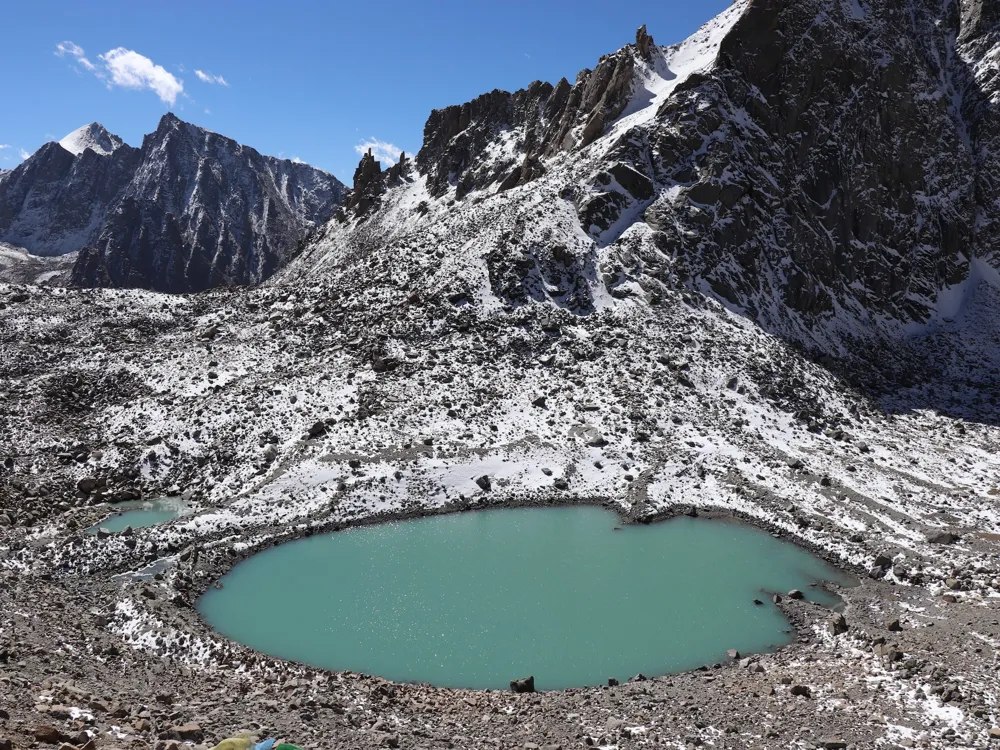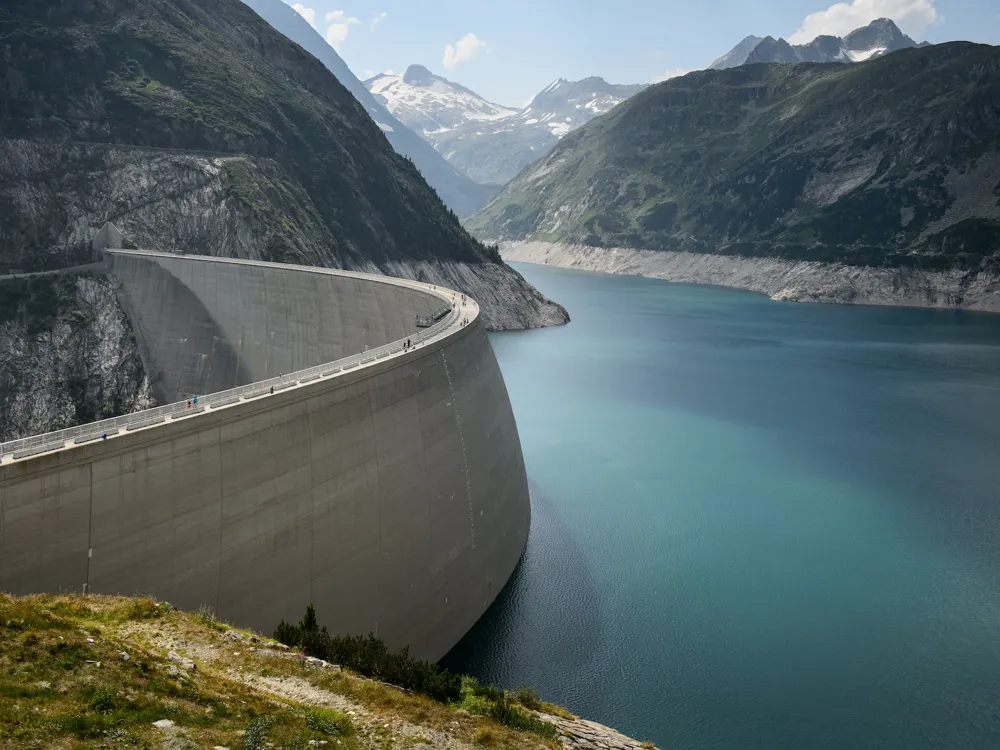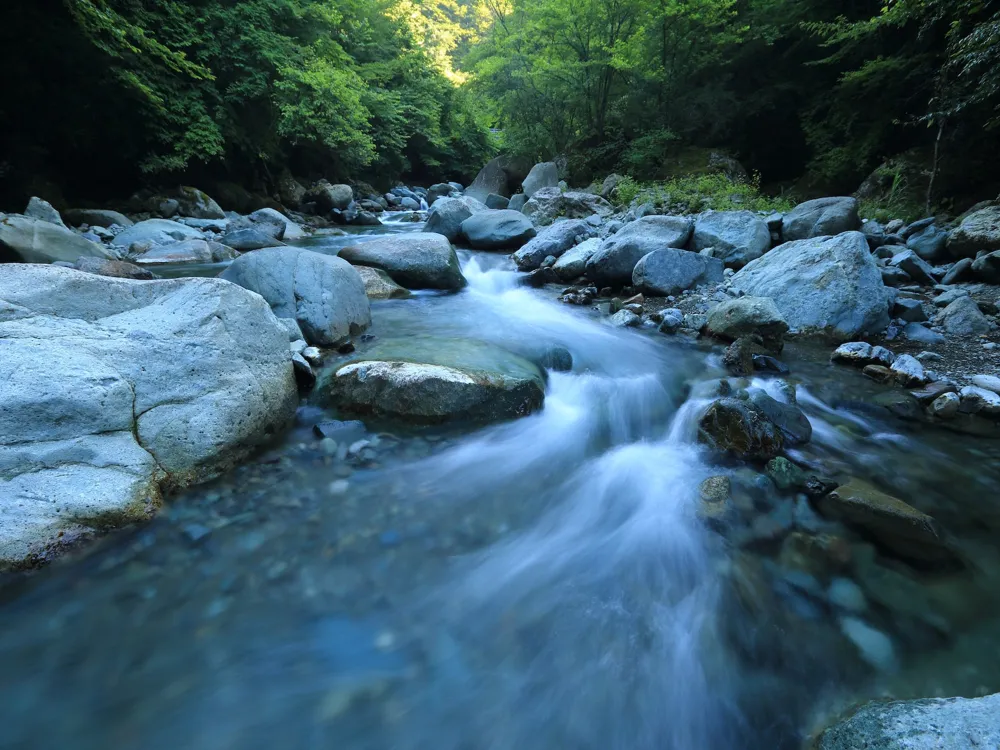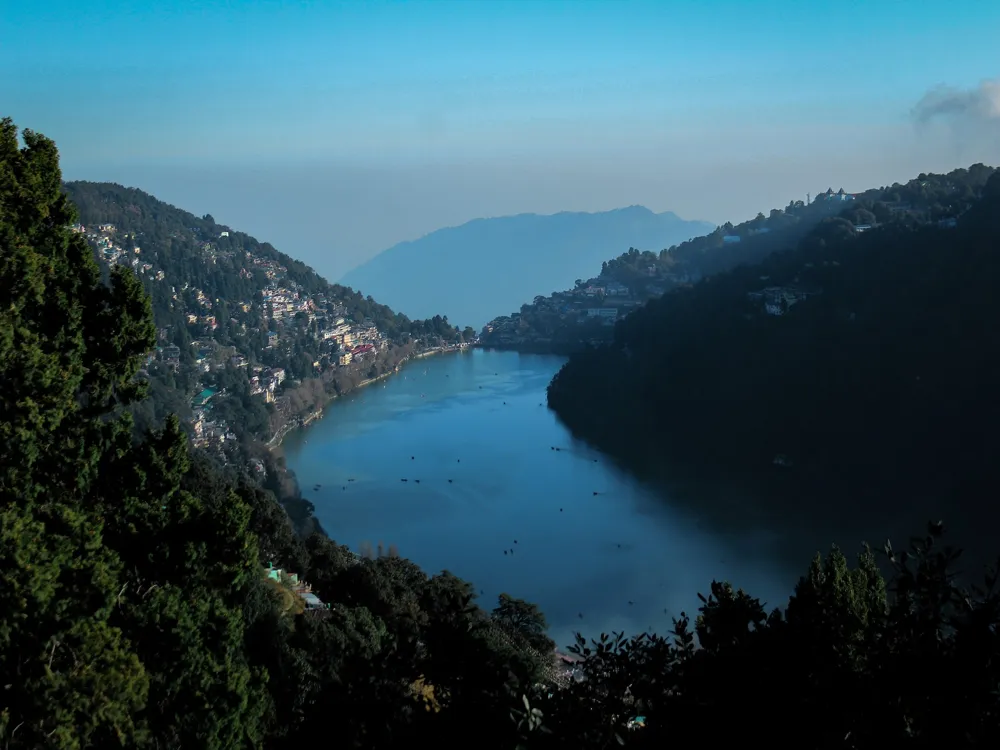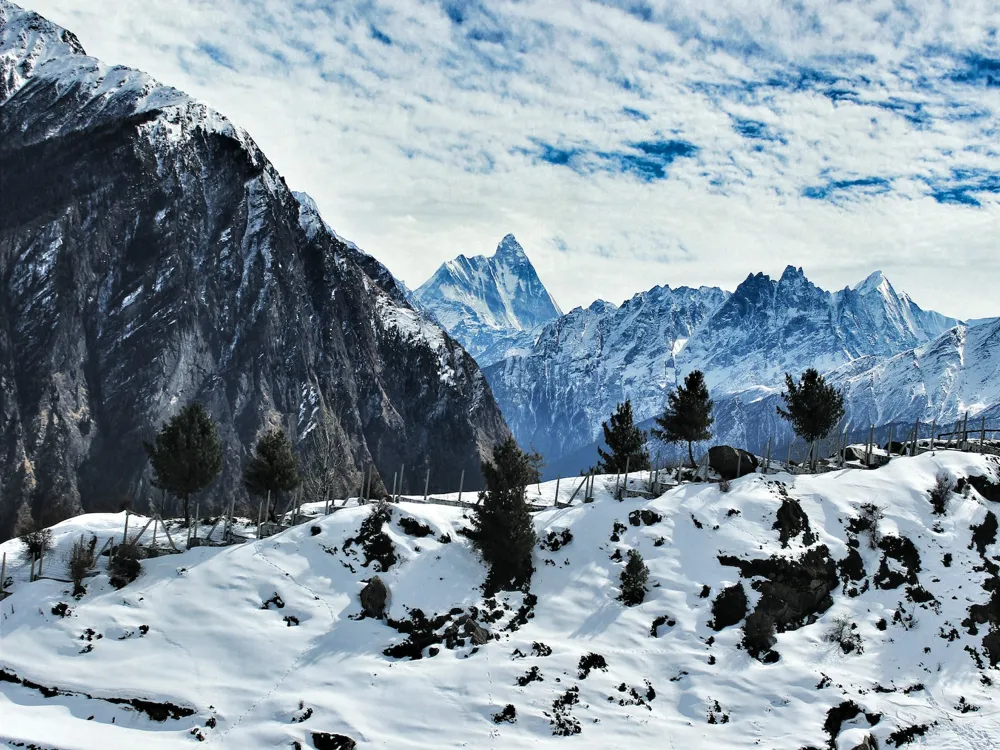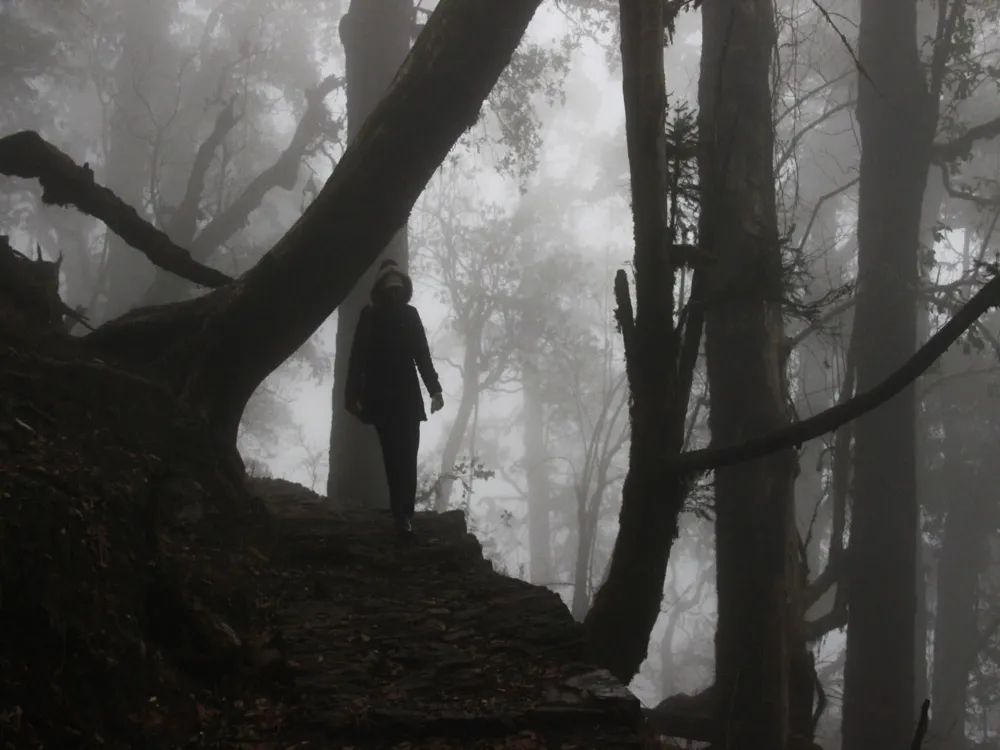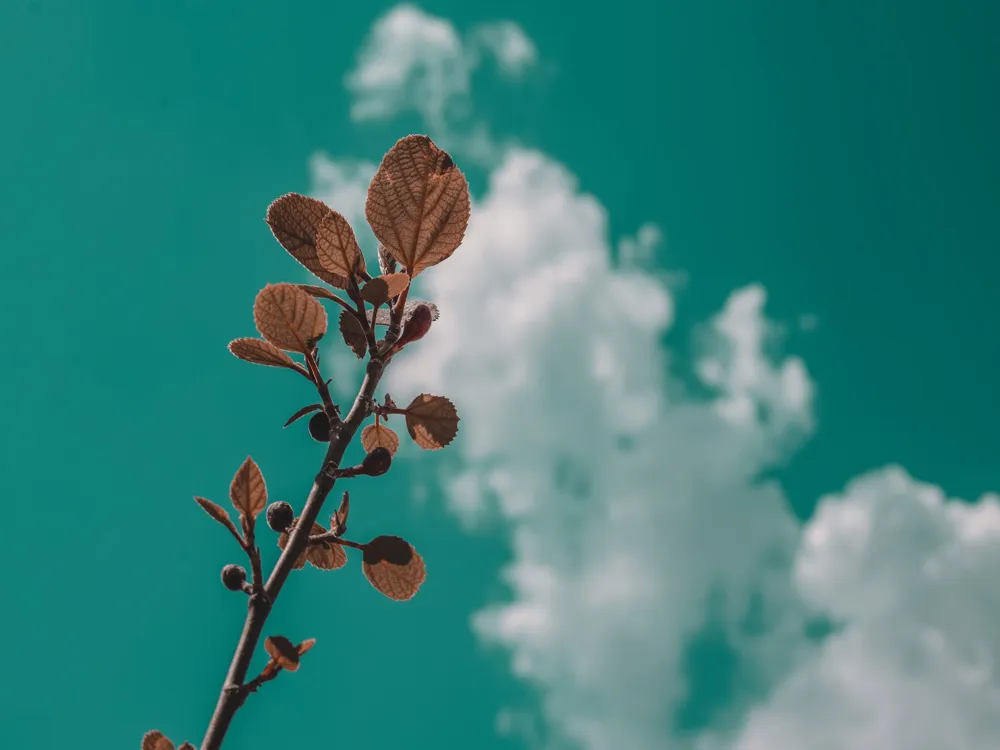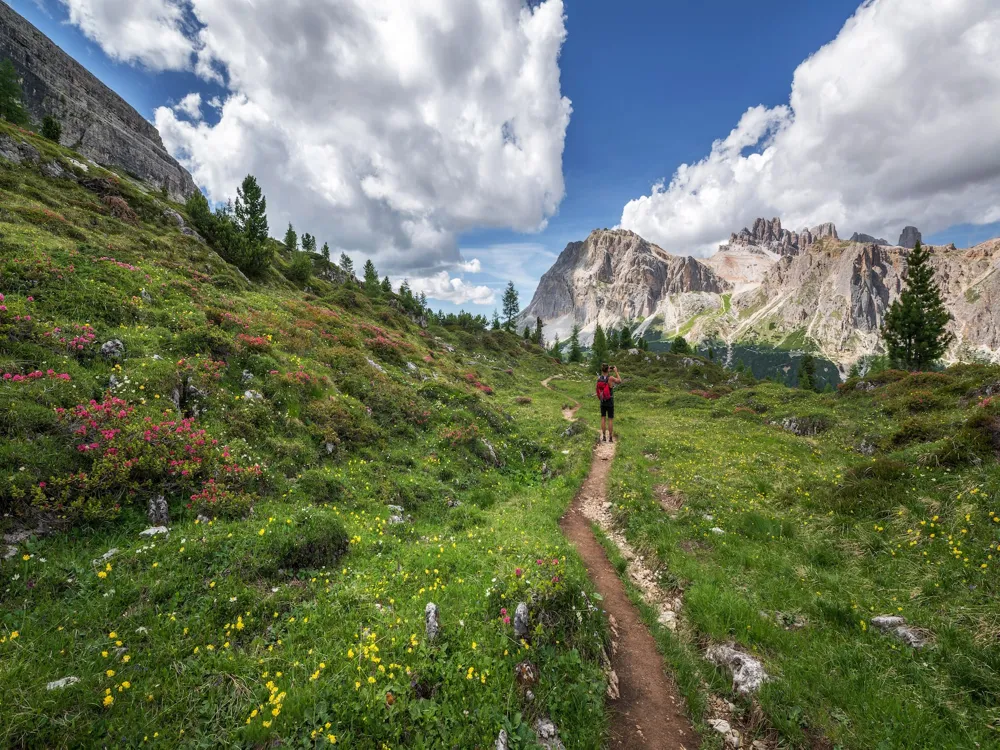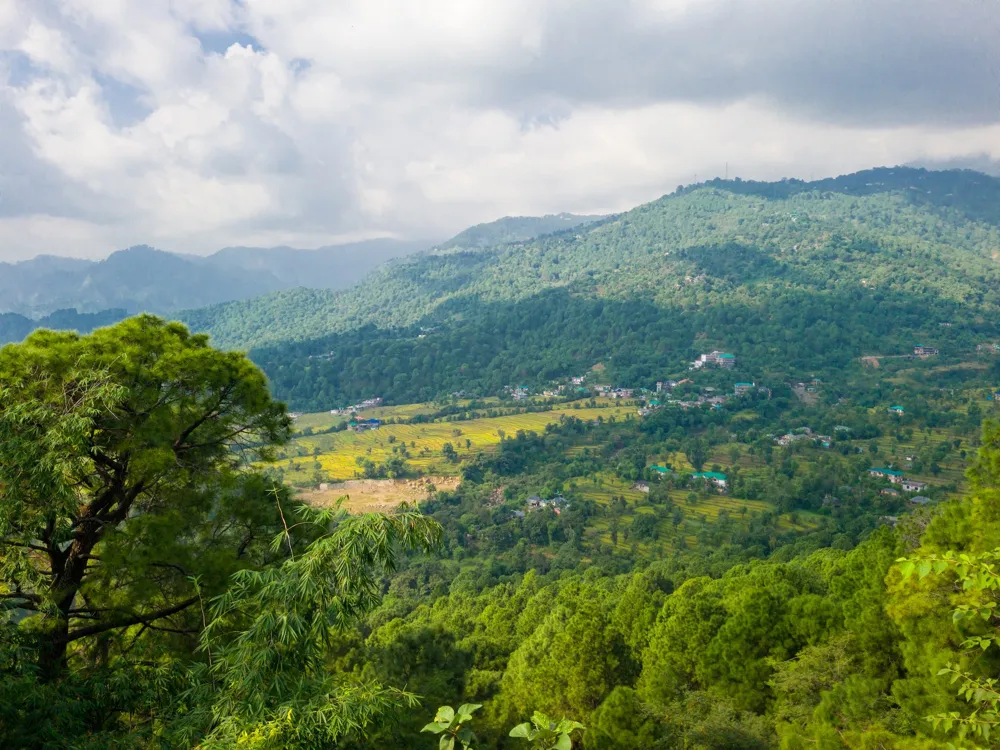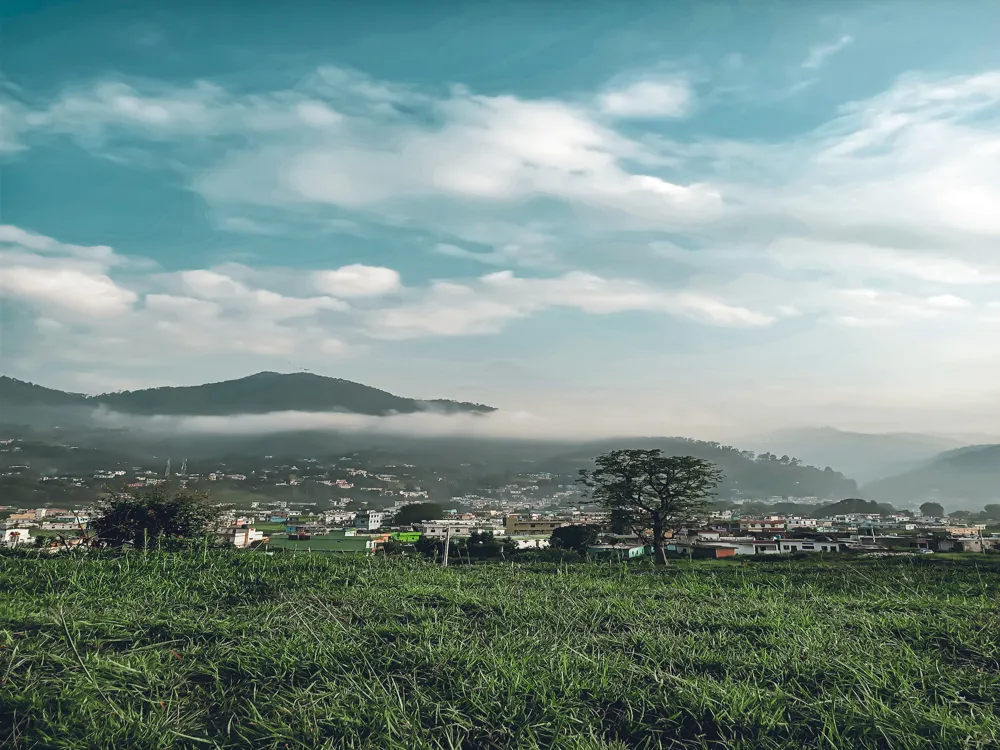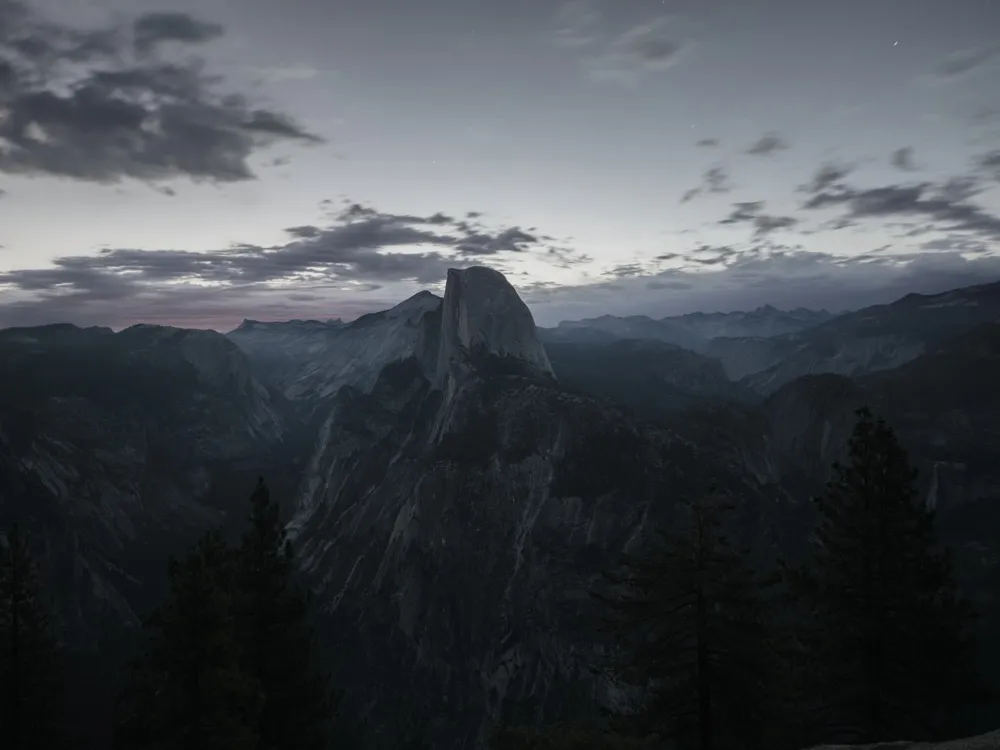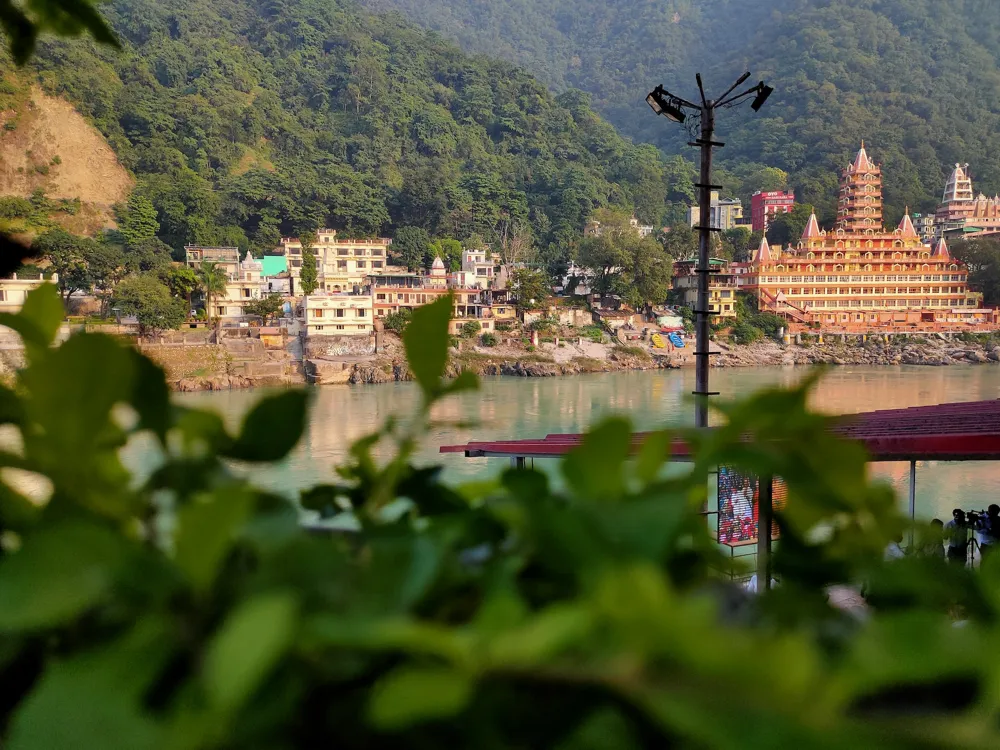The Kali River, originating from the Greater Himalayas at Kalapaani, is prominent in Dharchula, Uttarakhand. This river, forming the India-Nepal border, is known for its tumultuous and scenic flow through the rugged landscapes of the Himalayas. It offers breathtaking views and is a hub for various water-based adventures. The Kali River's architecture is not man-made but carved by nature itself. The river cuts through deep valleys and gorges, with its banks lined with lush forests and rocky terrains. The river's course has shaped the geography and culture of the region, influencing the lifestyles of the local communities living along its banks. Consider visiting during the post-monsoon season for the best weather conditions and river flow. Always check local weather forecasts and river conditions before planning your trip. Engage with local guides for safe navigation, as the river can be unpredictable. Wear safety gear if participating in water-based activities and always follow the guidelines provided by the authorities. Respect local customs and traditions. The Kali River holds spiritual significance for the local communities, so be mindful of cultural sensitivities. To reach the Kali River in Dharchula, the nearest major town is Pithoragarh, accessible by road. From Pithoragarh, one can take local buses or hire taxis to Dharchula. The last stretch to the Kali River may require trekking or a local guide's assistance, as the terrain can be challenging. Read More: Overview of Kali River, Dharchula, Uttarakhand
Architecture of Kali River
Tips When Visiting Kali River
Planning Your Visit
Safety Measures
Cultural Etiquette
How To Reach Kali River
Kali River
Dharchula
Uttarakhand
NaN onwards
View dharchula Packages
Weather :
Tags : River
Time Required : 1-2 hrs
Planning a Trip? Ask Your Question
Also Refered As:
Mahakali River
Dharchula Travel Packages
View All Packages For Dharchula
Top Hotel Collections for Dharchula

Private Pool

Luxury Hotels

5-Star Hotels

Pet Friendly
Top Hotels Near Dharchula
Other Top Ranking Places In Dharchula
View All Places To Visit In dharchula
View dharchula Packages
Weather :
Tags : River
Time Required : 1-2 hrs
Planning a Trip? Ask Your Question
Also Refered As:
Mahakali River
Dharchula Travel Packages
View All Packages For Dharchula
Top Hotel Collections for Dharchula

Private Pool

Luxury Hotels

5-Star Hotels

Pet Friendly







